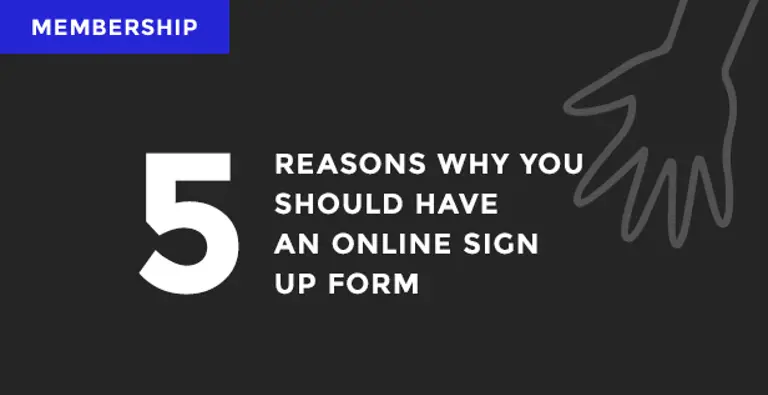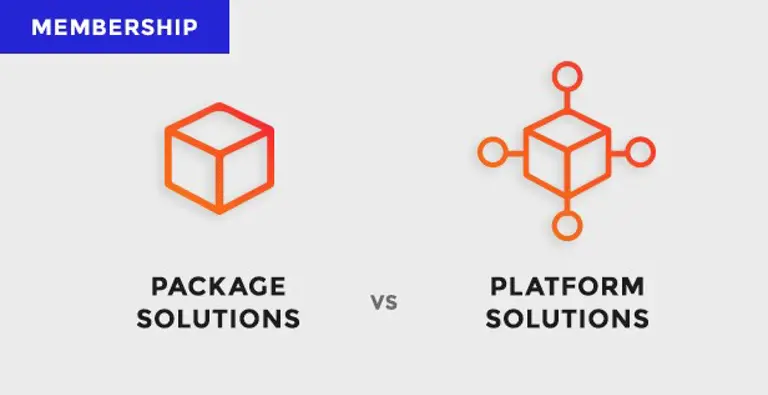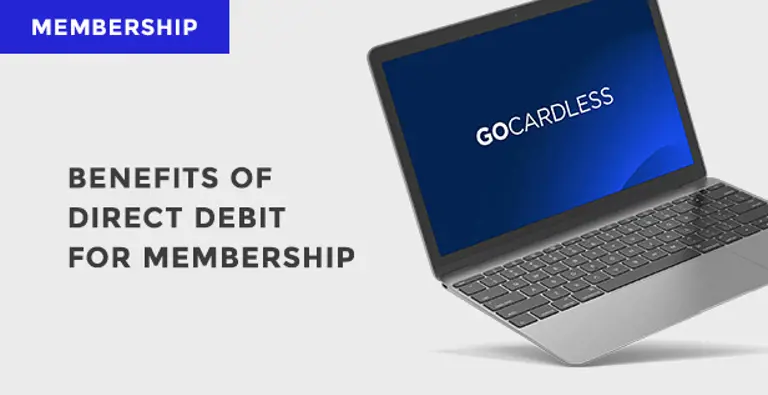This year has forced us through a wormhole into a future digital age of online business meetings and digital solutions that were previously done ‘offline’.
With this in mind, membership organisations still need to provide value alongside attracting new members and stakeholders. This can be difficult given that nearly all events in the UK and across some parts of the globe are cancelled or postponed, which is where many organisations promote themselves in the marketplace.
Organisations are now adapting and looking for ways to provide extra value online via their websites.
So how does restricted content help?
There are various ways that restricting your content can help you grow your membership base, as well as providing better value to your members.
Restricting Events
Let’s say you’re a membership organisation that specialise in piano tuning. You decide to run an online repair course as your monthly repair course has been cancelled.
You then advertise this course on your public facing website for both members and non-members to see.
This is where you can decide what sort of restrictions you want to put in place for this course. There are a couple of ways you can do this:
- Restrict the course so that members can book online but non-members get a redirect to sign up for membership if they want to book on the course
- Allow both members and non-members to book the course online but, show the full price to non-members and what the discounted price would be if they were a member (even better if the course is free for members)
Both methods encourage non-members to sign up by clearly showing them a benefit of being a member.
The second method also reminds members of the value they’re receiving, as they will be able to see that the course is free/discounted as a result of being a member. Win win!

Photo by Samuel Pereira on Unsplash
Restricting Information
Another way of using restricted content to encourage sign ups is to provide restricted access to certain information, documents or news articles.
Let’s go back to our piano tuning organisation example. Every 6 months you collect lots of valuable piano tuning information and create a publication to share online. Rather than giving this information out for free, put it in your Member Portal for only Members to see.
You can advertise that this new information is available on your public-facing website and social media channels so that Non-Members know that it exists and perhaps provide short excerpts to entice people in to signing up and reading it.
Member Only Directories
Some membership organisations focus on encouraging their members to communicate and share information with each other. This is a common trend in the medical and scientific organisations where constant research and developments in thinking are taking place.
They often hold conferences where people are invited to speak about their different specific topics with a focus on educating and keeping everyone up to date on the latest findings from their research.
A similar concept can be formed online as a Member Directory. You’re able to create a list of members which can be split into different categories. The Directory will allow your members to create a profile detailing their specialism and any relevant information.
Members can then send and receive direct messages to other members via the Directory. This encourages members to engage with each other and creates a community feel. This could also be a very valuable tool for public stakeholders who want to collaborate with other individuals in the same field of expertise.
You could show the Directory on your public facing website but only make it directly accessible to members, again encouraging stakeholders to join.
Why is it important to put restrictions in place?
So maybe you’re asking why you should be doing this as a membership organisation. Some organisations will only advertise courses, events and other member only benefits within their member portal so that only members can see them.
This is great for members but by doing that you’re completely disconnecting your offerings from your public stakeholders. Yes, you may have some plain text on a ‘membership benefits’ page explaining what benefits you will receive by becoming a member, but this simply isn’t enough.
People who are landing on your ‘membership benefits’ page are most likely already interested in becoming a member and arrived on that page intentionally.
Here’s a scenario for you, this is why it’s not enough…
A person has a passion for pianos and wants to learn how to repair them. They Google ‘Piano repair course’ and land on your public facing webpage where you’re advertising your repair course. They hit the ‘book’ button and are offered a discount if they become a member.
This person may not even be aware that there is a membership organisation for piano tuners. From a simple Google search, they’ve arrived on your page and are being offered a discount on a course that they really want to take part in. Even better than that, they receive a discount on the course for joining a group that share the same passion as them and offer a whole host of other benefits.
What you’ve done here is opened your membership up to the whole of the world wide web and provided a link directly into your membership offering. The link is the repair course.
So, from this one simple scenario you can see how taking careful consideration to restricted content can have such a positive impact on aiding membership growth.
Wrapping it up
Do’s:
- Do think about what content you have to offer that benefits non-member stakeholders
- Do post this content on your public facing website
- Do think about how you’d like to restrict the content to encourage sign-ups
Dont's:
- Don’t hide all valuable content behind a member log in
- Don’t give too much valuable content away for free
When thinking about restricted content across your whole website, it can become overwhelming so keep it simple. Think about what content you provide online that is of value; make a list of all the valuable content you have available, think carefully about what should be available to the public and what should only be available to Members.
Decide which member only content you want to show off to the general public and make sure it’s clearly visible on your public facing website.
Finally decide how you’re going to restrict that content and encourage visitors to sign up.
Once you start to think about restricted content in this way it will become clear how you can make it work for you.
Get in touch for more information on how to utilise Restricted content.






